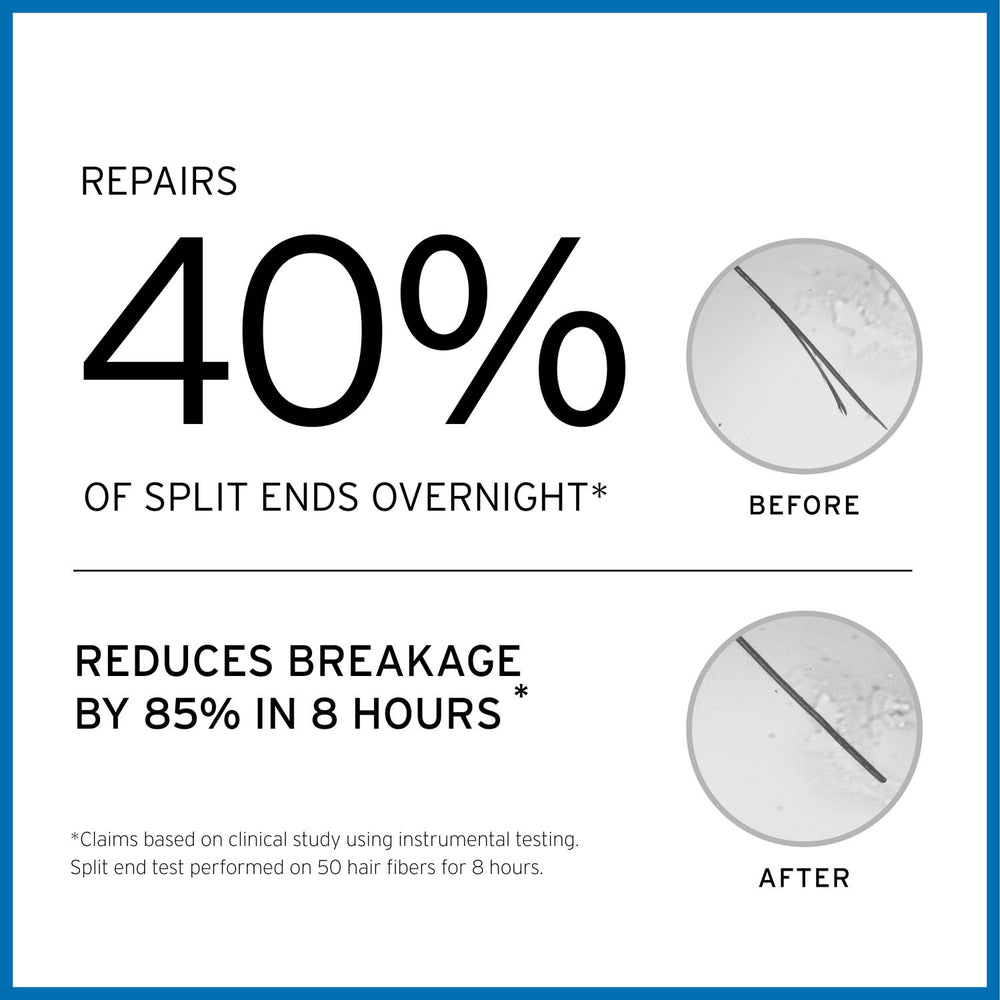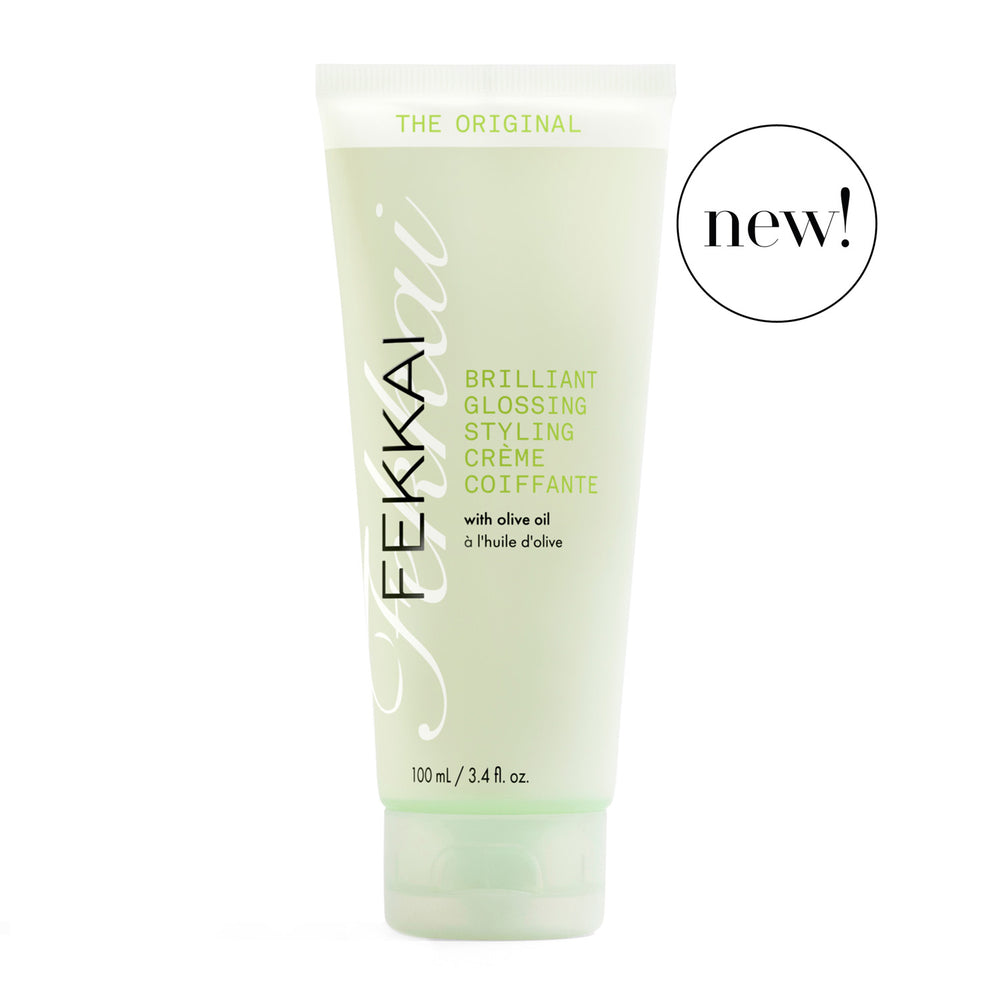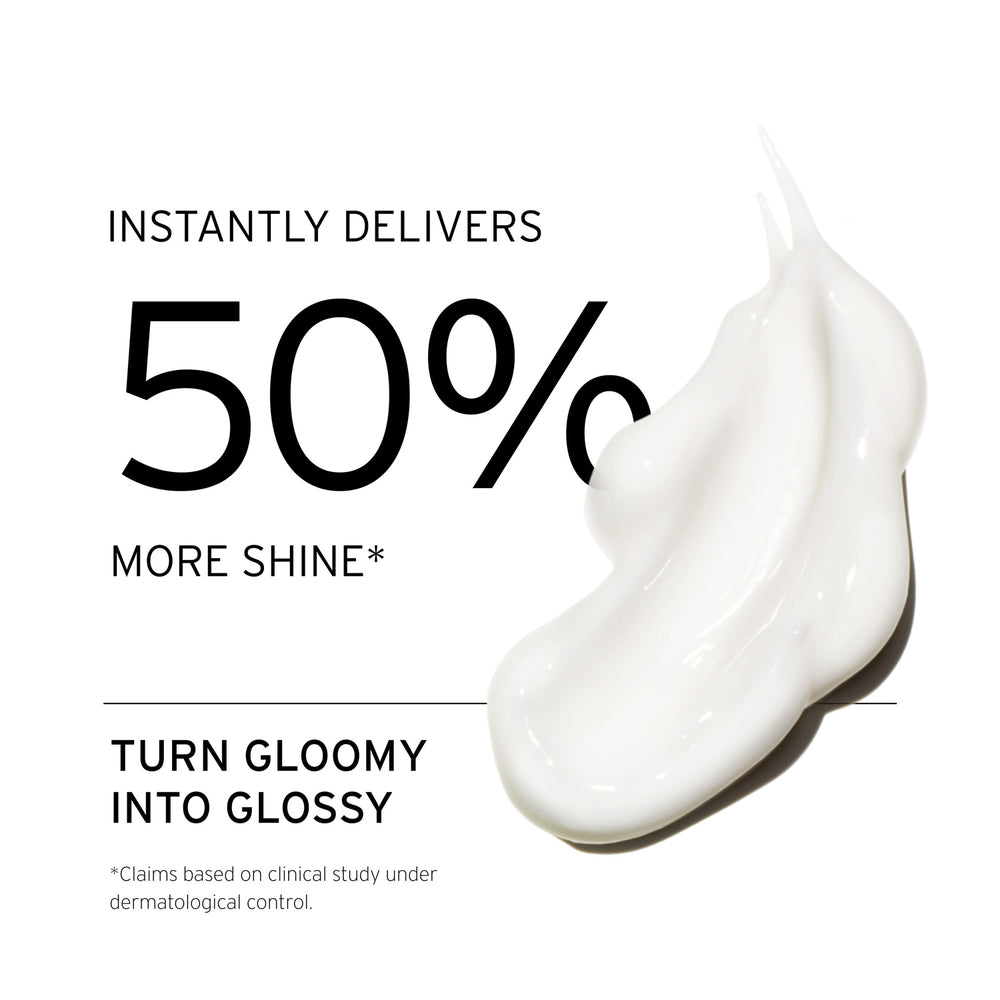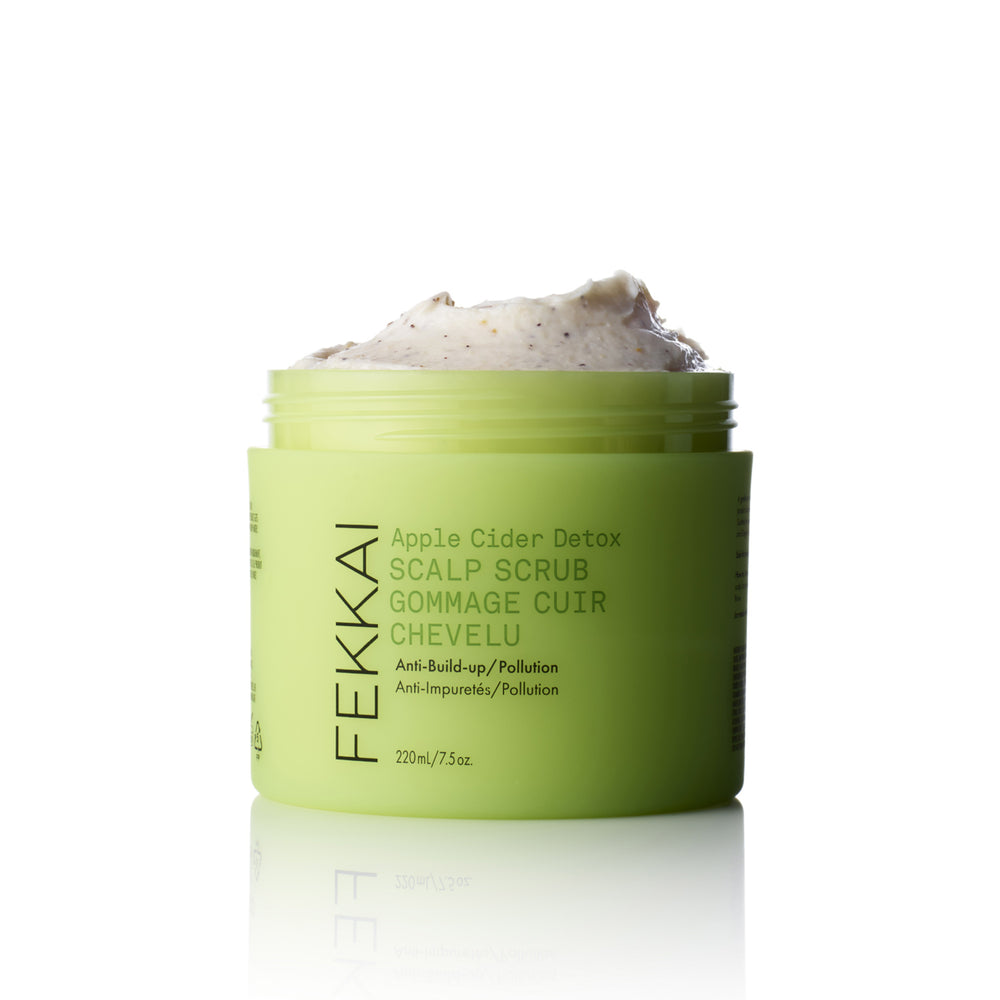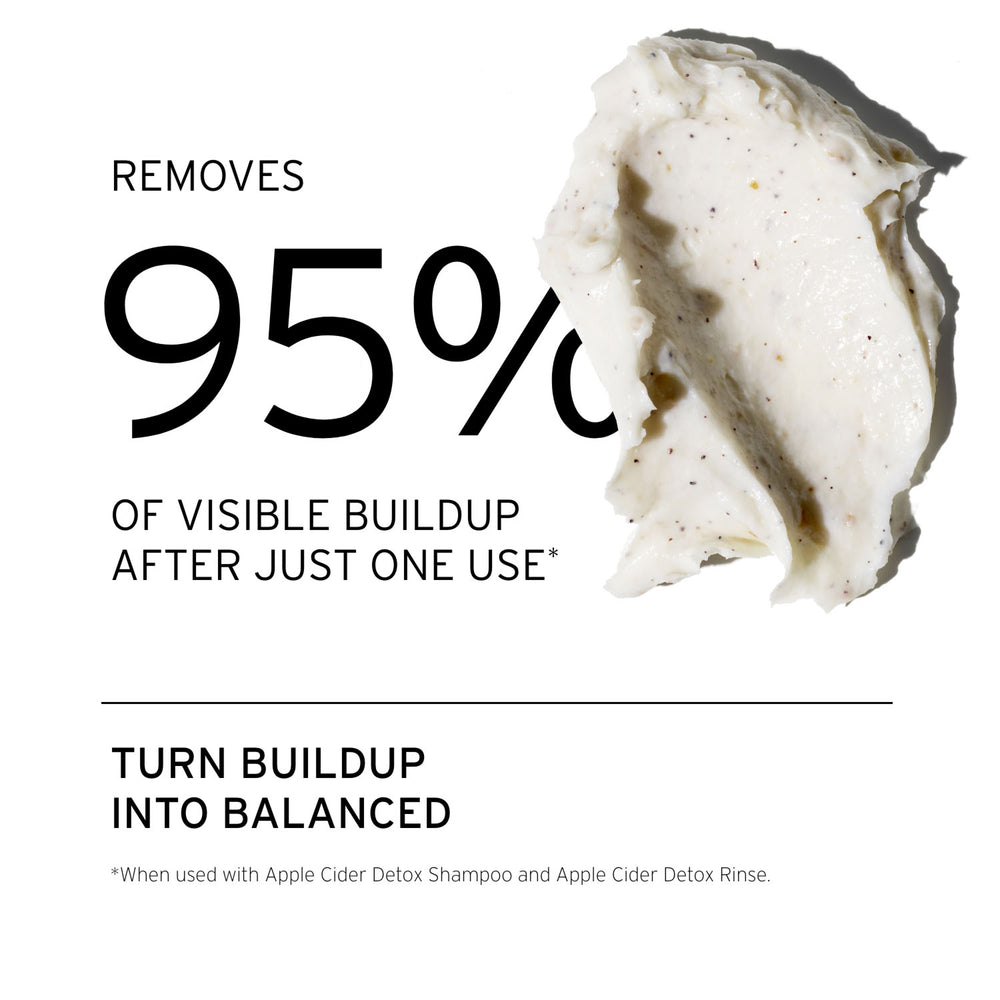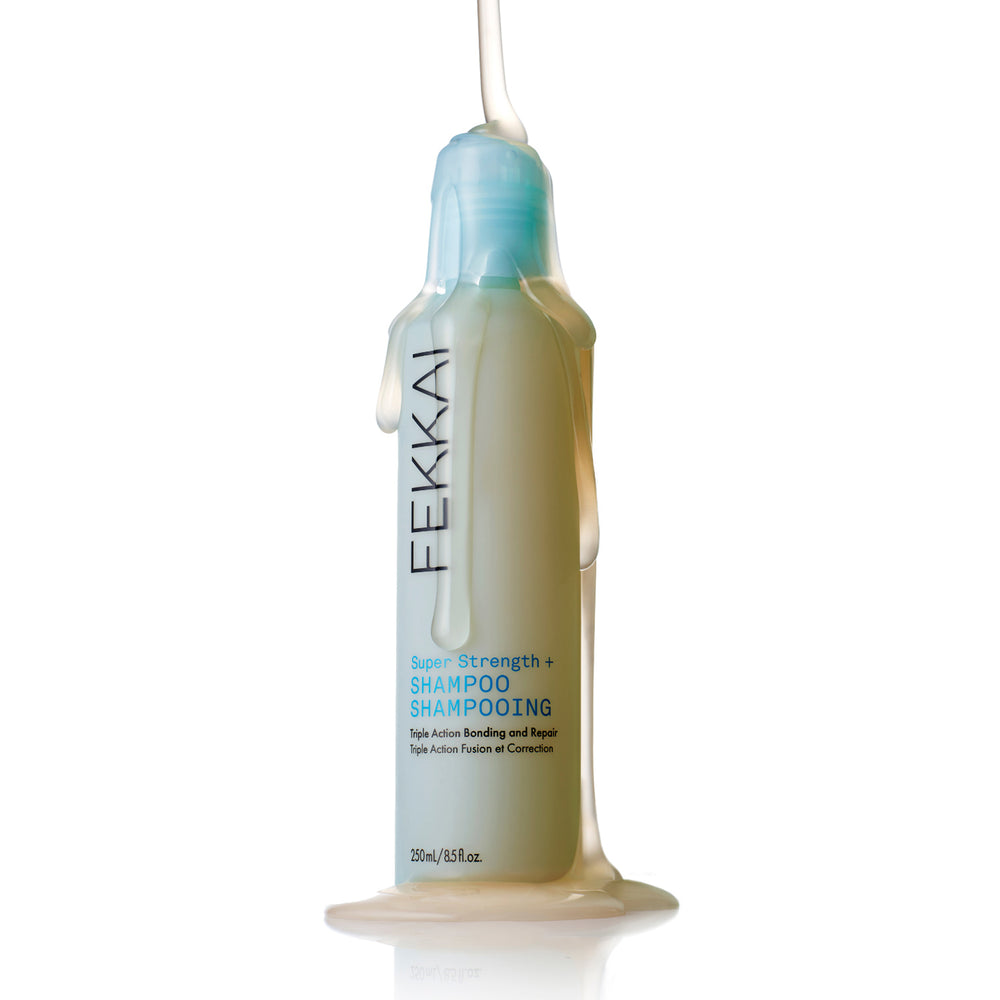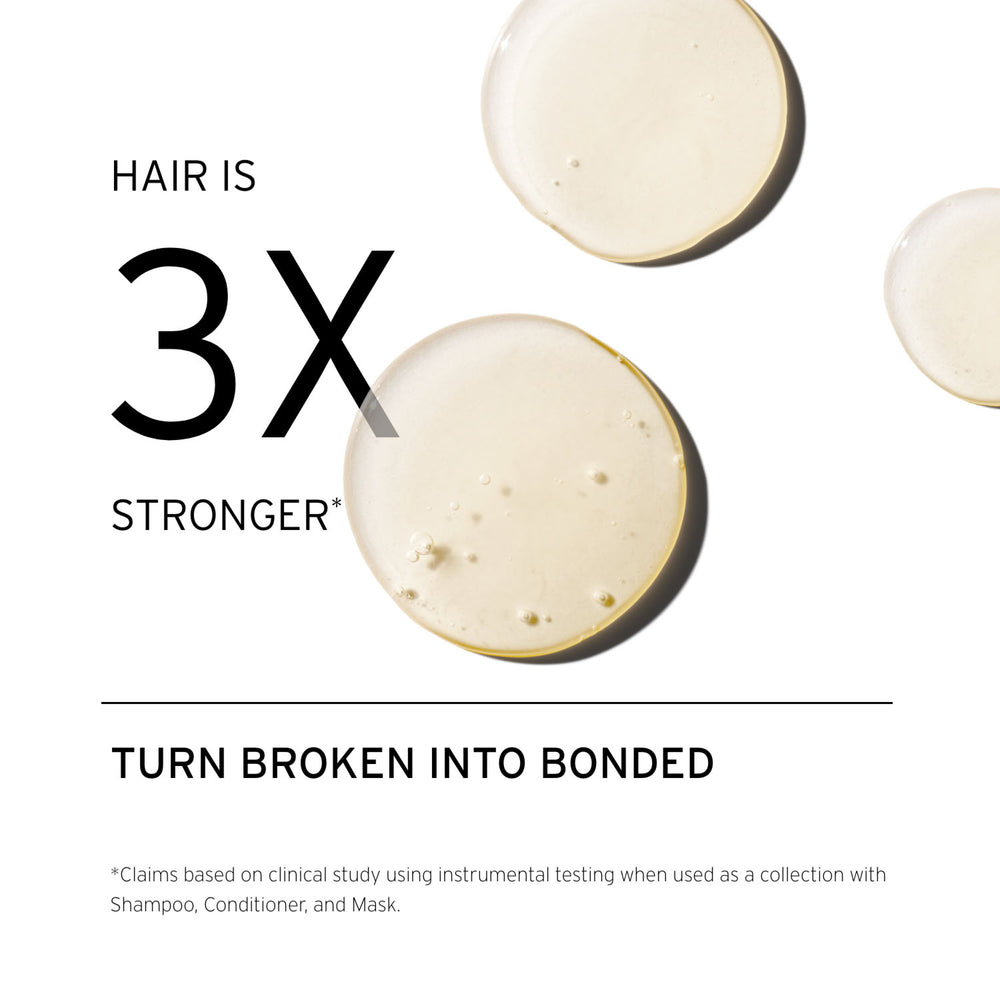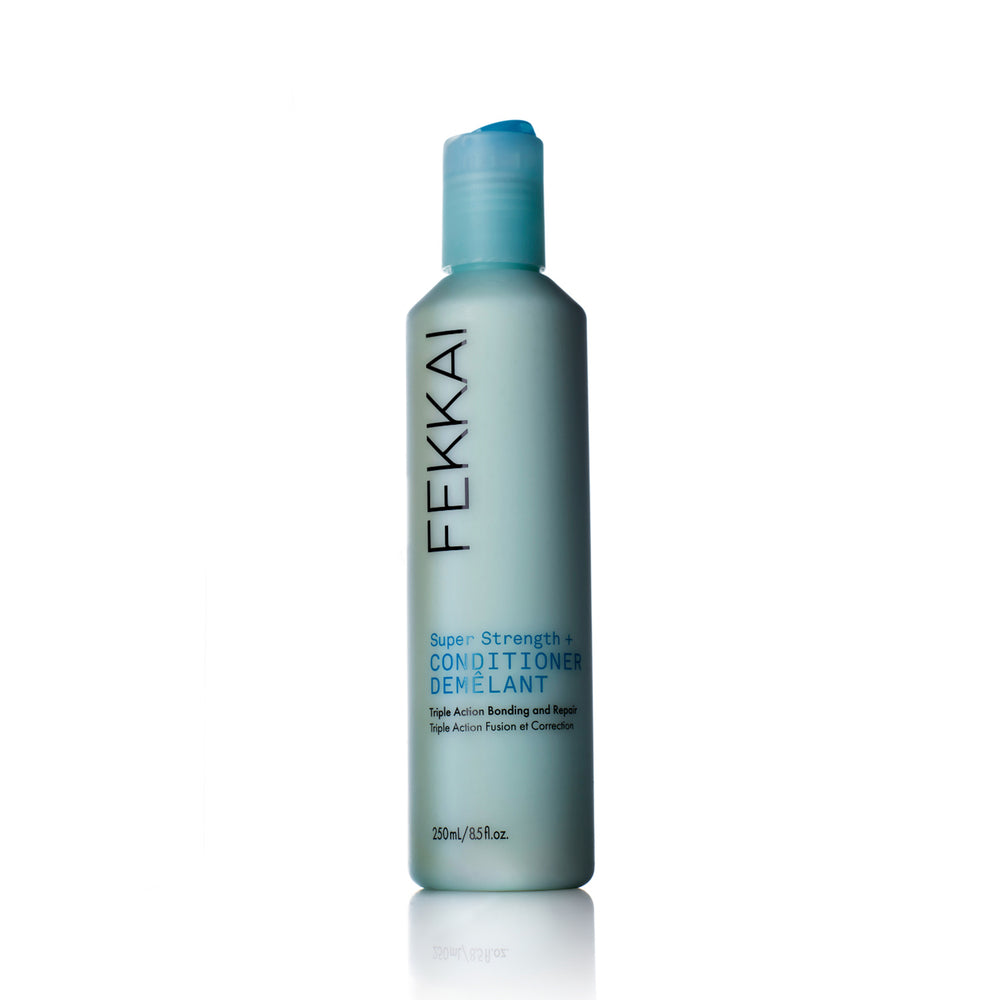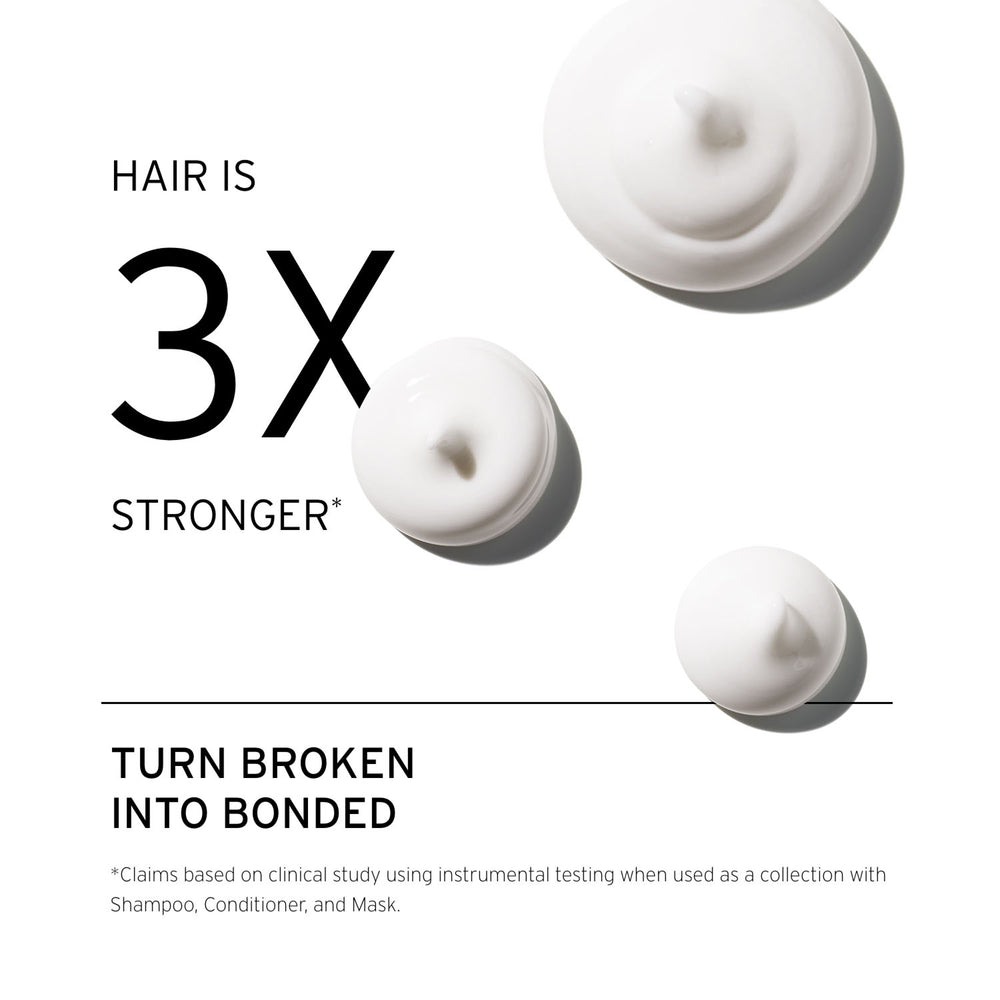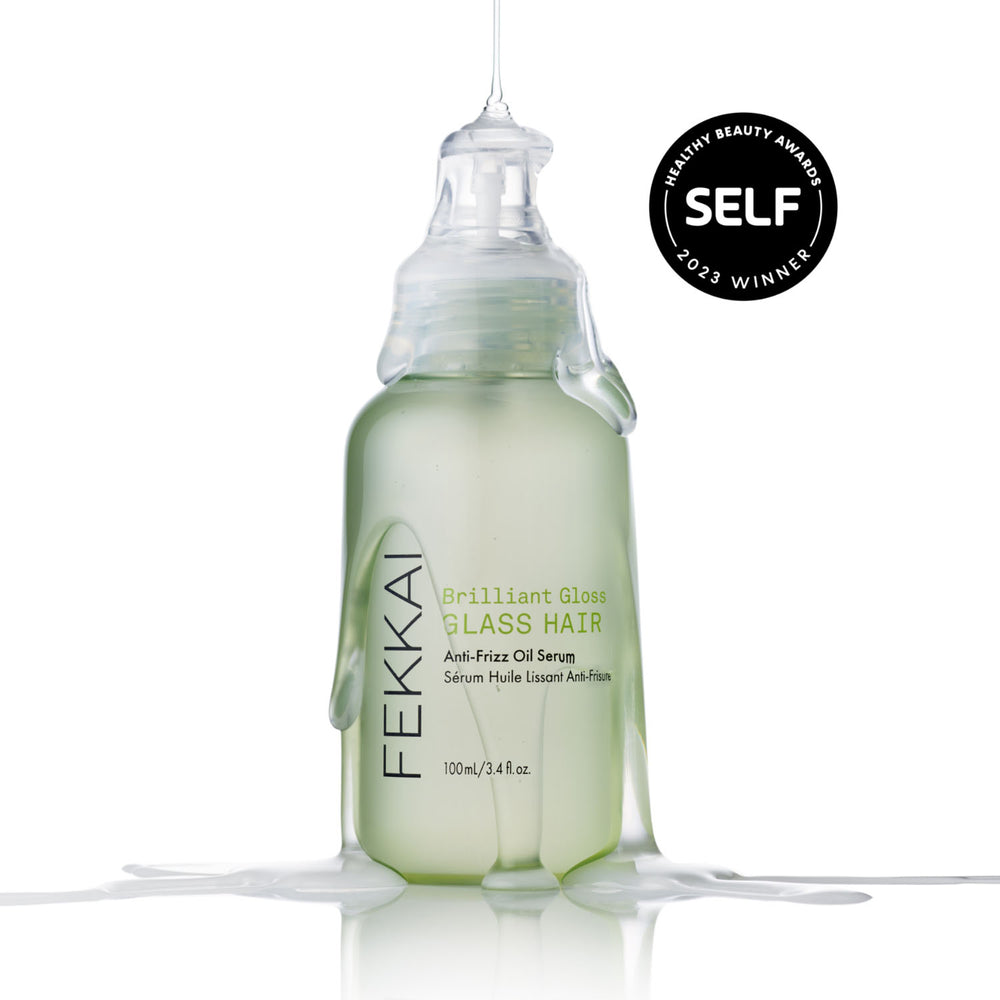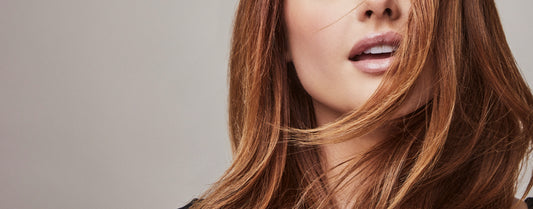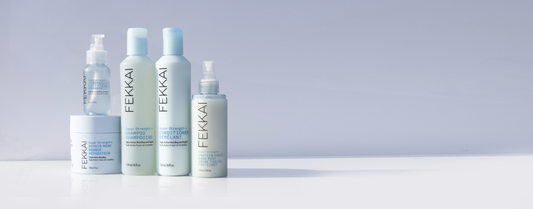Some of the most famous women throughout history have had curls: think Beyonce, Sarah Jessica Parker and the list goes on. It's the versatility of curls we love because you can wear them as voluminous and big as you want and then straighten them and go for a super sleek style.
For us, curls represent natural beauty and embracing your hair's uniqueness. But waves, curls, and coils do require different care and a different approach than straighter textures. There's no one-size-fits-all method and most women's hair features a few different kinds of curl patterns.
If you've been wondering how to take care of our curls right now (or at any time really), our resident curl and coil expert April Story is going deep on everything you need to know about tighter hair textures and the products you shouldn't live without.
KNOWING YOUR CURL PATTERN IS A GREAT PLACE TO START.
"There are a range of curl patterns from wavy to kinky," April advises. "The beauty industry uses codes 2A to 4C as a reference to determine the characteristics and texture of your hair. These codes can get confusing at times because most people have a combination of textures. However, you can use this as a starting guide to educate yourself on products to use, daily maintenance and care, and style options."
For waves and curls seeking deep cleansing, conditioning and hydration. Our Shea Butter collection leaves hair smooth and bouncy without stripping it of its natural oils. Includes full sizes of our Shea Butter Shampoo, Conditioner, and Intense Mask.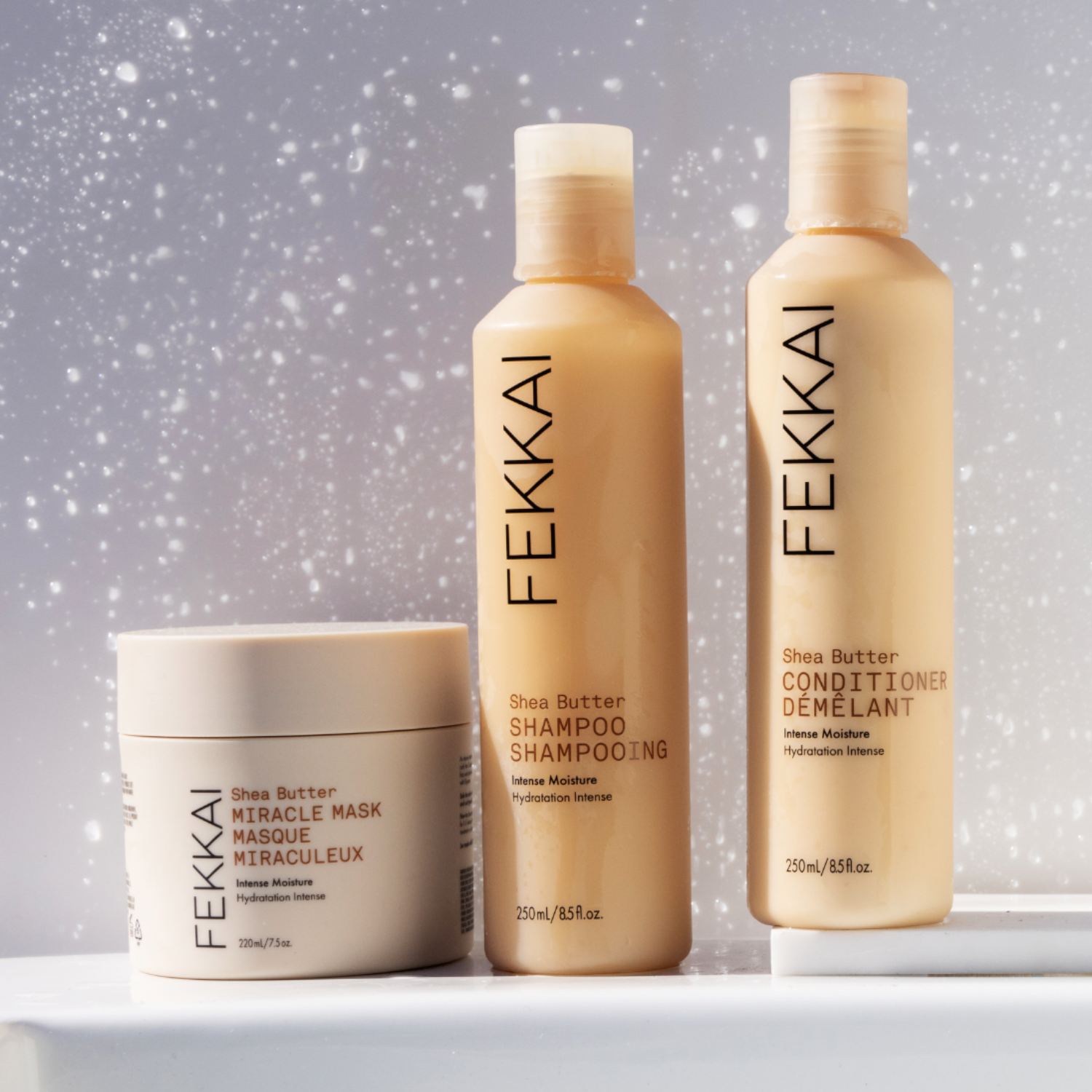
Shea Butter
Shea Butter Bundle
ELIMINATE CONTROVERSIAL INGREDIENTS FROM YOUR ROUTINE.
Of silicones, they "are not water soluble and difficult to remove, which means they can cause buildup that weigh your curls down and diminish definition," April explains. "For Types 2 and 3, silicone can be too heavy and straighten out some of your curls causing a visible difference in your curl patterns. If this occurs use a clarifying shampoo to help remove buildup. Then, follow up with a deep conditioning hair mask (silicone-free of course)."
Sulfates strip hair of its natural oils and dehydrate your curls, which cause dryness and frizz. "We, curly girls, already struggle with dry ends so don’t exacerbate it for a good lather," she recommends.
PROTECT YOUR HAIR FROM MOISTURE LOSS BY WRAPPING IT IN SILK NIGHTLY.
"Consider wrapping your hair in a silk scarf or sleeping on a silk pillowcase." According to April, this helps preserve your curl pattern and reduce friction throughout the night. "Cotton depletes your strands of its natural oils. So make the switch," and thank her later!
Pro beauty tip: It’s also a great add-on to your skincare routine for the same reasons.
KEEP SHAMPOOING TO A MINIMUM AND ALWAYS USE A CONDITIONER.
Some people shampoo their hair more often than others for various reasons like regular workouts, high sebum production, or the summertime heat. "I get it, honestly, but also keep in mind that over shampooing dries out your curls and we need our natural oils," April emphasizes. "We curly girls are usually towards the drier end of the spectrum. Because we have curls, coils, and kinks we don’t dry brush our hair often which means our natural oils are not being distributed from roots to end evenly." So, we must infuse in that moisture in other ways, including through conditioners for example. "A hydrating conditioner that works with your curly hair will help provide a healthy dose of hydration, nourishment, and protection."
Quick tip: If your curls tend to fall flat at the crown, rinse your hair upside down in the shower. "This allows the roots to lift. Rinsing with your head backwards (totally normal) flattens the root decreasing volume. For a voluminous look, you can apply this same method when diffusing."
OPT FOR AIR DRYING AND DIFFUSING.
"This limits direct heat to your curls and reduces friction that disturbs your hair's consistency, causing frizz and dryness."
MAINTAIN A BALANCE OF MOISTURE AND PROTEIN.
April feels this is the most valuable advice she can give anyone in maintaining healthy hair. "There are so many contributing factors in our daily routines that will provoke damage," she alerts. "So, I say live your best life, get those highlights and curl your hair every once in a while, but the key is to pay attention to your hair. It will tell you what it needs. An elasticity check will allow you to determine if your hair needs protein or moisture, by the way your hair reacts."
Here's how you do one: "Take 3 to 4 strands of hair, holding the ends and the mid-lengths, then stretch it. If your hair doesn’t stretch and breaks then most likely you need moisture for dryness. If your hair stretches and doesn’t break and feels very soft and slightly gummy, then you most likely will need protein for strength.
ANY TYPE OF HEAT STYLING CAN HAVE A DAMAGING IMPACT ON YOUR HAIR.
"This depends on many varying factors, thickness, density, porosity, and current state." April advises that is fine in moderation. "If a few curls are inconsistent, use a tiny iron on low heat to touch up that curl. Diffuse your hair on low heat and air dry when you can." But "in moderation" does not mean daily, "Maximum 1-2 times per week. Flat ironing once a week is fine, but you should expect some damage. Remedy that by doing a conditioning hair mask during the following week and a cleansing and co-washing session."
HOW AND WHEN YOU SHOULD BRUSH AND DETANGLE YOUR HAIR ARE DEPENDENT ON YOUR TEXTURE AND DESIRED END RESULT.
April's most important tip here: detangle on wash days. "Allow the pressure from the shower and conditioner to help you," she shares. "Conditioner helps with the slip, making detangling an easy task. Use a wide tooth comb, a flexible detangling brush, or even your fingers. Always start from the ends and work your way up."
THE BEST WAY TO TELL IF YOUR HAIR IS DAMAGED? TOUCH IT.
"Look at it," April suggests. "How does it feel? Does it look dull? Is it tangling easily?" Is your curl and its shape off? There’s your answer. "Do an elasticity test to see you if you’re more in need of moisture or protein." Then after determining that, select hair care products accordingly. "Do bi-weekly hair masks." Then see your stylist or a curl expert like April for a haircut and shaping.
LESS IS MORE FOR SUMMERTIME CURL AND COIL CARE.
Though we love the thrill of new beauty products, you don't need a slew to get amazing curls and coils. "Choose one or two styling products and let nature do the rest," April recommends. "I would always suggest a hair milk or leave-in conditioner of some sort, and a hair cream or gel depending on your texture. Scrunch or twist your hair as desired for style, after shampooing or co-washing. Go out get some fresh air; allow the sun to dry your hair." The summer season is all about showing your curls and coils and allowing them time to just be and build strength.
HERE'S A SAMPLE CLEANSING ROUTINE.
"Shampoo (with sulfate-free shampoo) once a week, once every other week, or even monthly for some of my coiled girls," April affirms. "It varies depending on your hair texture. Shampoos are designed to lift buildup from your scalp and hair. So it is absolutely necessary, but in moderation." Waves, curls, and coils need their natural oils for moisture and to maintain a healthy scalp.
She continues, "deep condition and mask during every shampoo cycle." Leave it in and because, why not? "Your curls can always use a moisture or protein boost."
HEARD OF CO-WASHING? HERE'S HOW TO DO IT.
Co-washing is simply using a conditioner to cleanse and infuse additional moisture into your hair. "Conditioner is designed to stick to the hair and seal the shaft, creating a protective coat," April informs. "Think of it like this, shampoo removes buildup and conditioner cleanses better than just plain water. You can co-wash everyday but remember, it doesn’t remove heavy buildup. I typically co-wash after day two to add moisture and redefine my curls." Co-washing can be done in between shampooing cycles, but shouldn't be used as a replacement.

